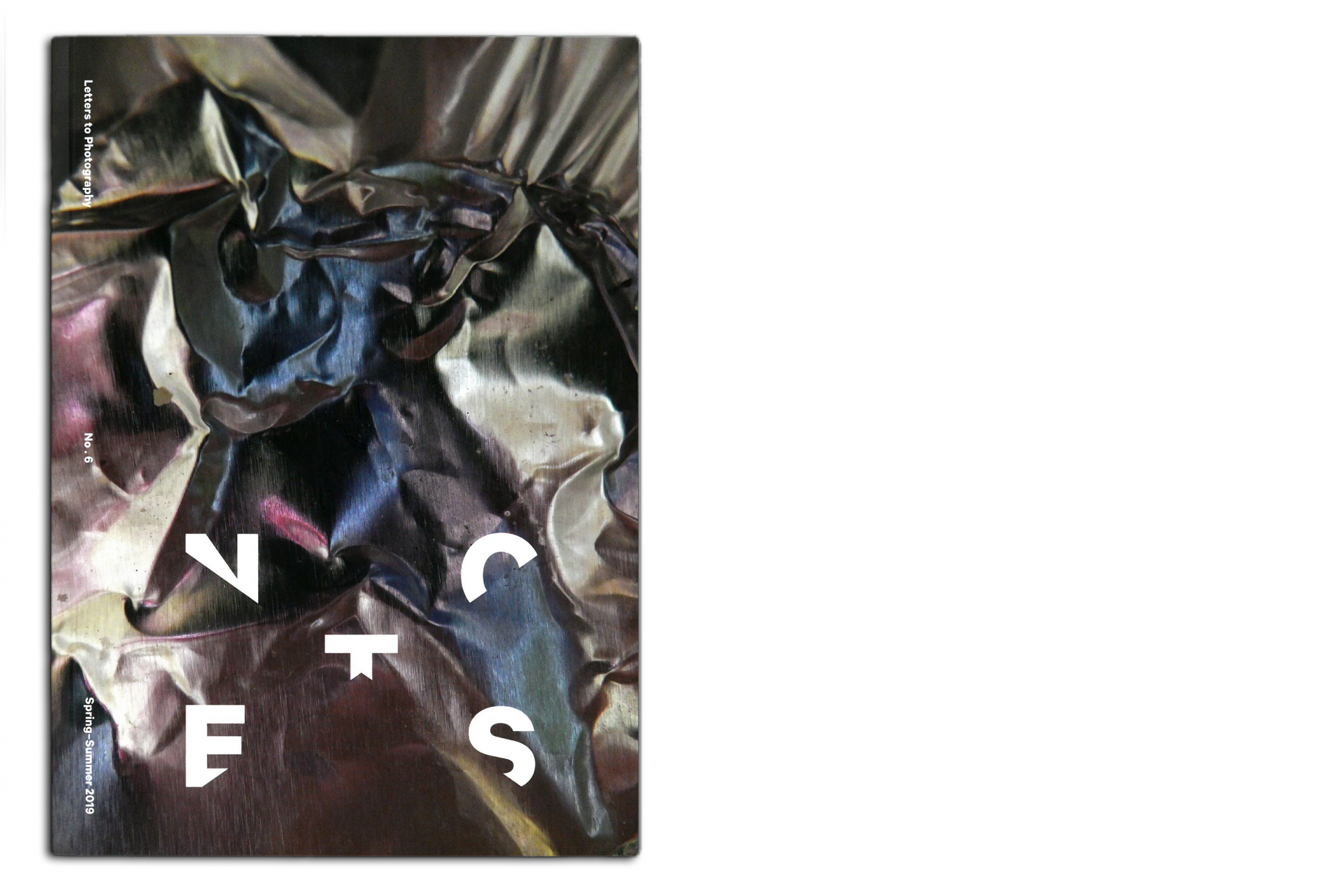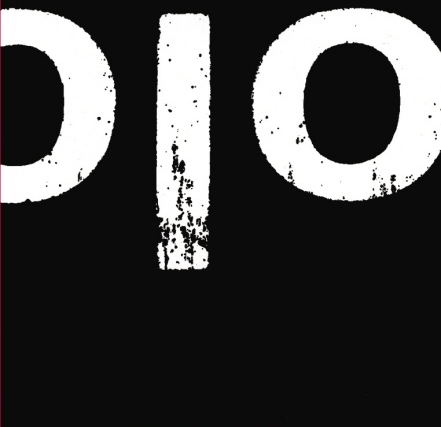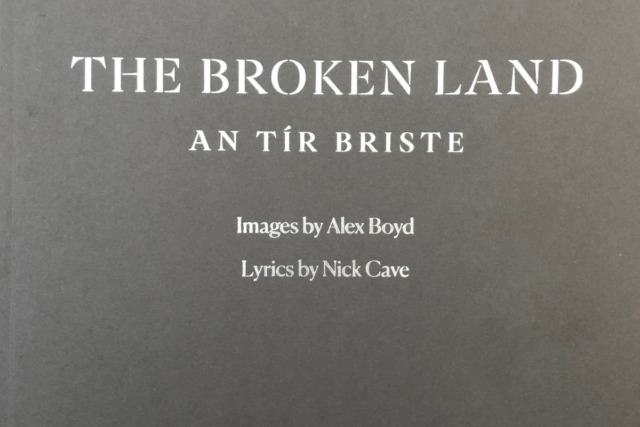NOTES is an artist-led Scottish periodical devoted to developing visual and critical discourses in contemporary photography. Its goals are to represent, examine and nurture Scottish photography thinking and practice through the creation of interdisciplinary and transnational connections.
Editors Note:
“I want you to panic, I want you to act as if the house was on fire”
Greta Thunberg (Strasbourg 2019-04-16)
One of the questions we posed in NOTES Issue 1 touched on our planet’s environment and its changing climate: we wondered what a practice that grapples with these questions would look like? In Issue 2 we commissioned an essay that mapped international practices in relation to the Anthropocene. In this 6th issue we are dedicating 64 pages to this important subject. Our opening image by Jen Wilcox shows an abandoned digger on the shores of the western Isle of Tiree (2013). Standing like a dinosaur against the horizon, the digger bears witness to an arrogant culture of waste, at a time where every day brings another announcement of humanity’s shattering impact on all earthly beings, as well as on the geological condition of the globe itself. This September (only) mainstream media has reported that 200 different species go extinct every day; plastic irretrievably has entered the fossil record and rainforests in Brazil are despite their importance for the world’s oxygen production burning due to logging and industrial farming. It’s hard to say for certain what role art can have in such a troubled time, but we believe narratives will have a huge importance to the directions the world will take in these crucial years ahead of us.
Researching for this issue taught us many things and showed that the awareness in the cultural sector is growing. In 2016 we did not know of any photographers in Scotland who were spurned by these questions – but now we do. In Ane Lopez’s Tiempo – the spanish word for time and weather – the artist records the movements of the glacier Sólheimajökull in Iceland, creating visual imprints of deep time. The reference to the geological shift is scaled down in Sean Patrick Campbell’s Swollen Utopia. Accompanied by Myles Painter’s essay Unhometowns the landscapes of Campbell’s childhood are fractured with monuments of exploitative capitalism, the precursor to the Anthropocene(s!). Maria Sledmere’s essay Estranging Natures discusses the implications of naming this thing – the Anthropocene – in a capitalized singular, problematising Western anthropocentric tendency to limiting discourse. The visceral aesthetics of The Cave, by the late Aase Goldsmith, paired with Anna Bokström’s images from COP24, give context to the cognitive dissonance Sledmere describes. Finally in Eyes as Big as Plates, a collaboration between the respectively Norwegian and Finnish artists Karoline Hjorth and Riitta Ikonen, we see yet another aspect of the complex Earth-human relationship. In these playful portraits, the protagonists are carefully nestled into the earth, stated not as separate from existence or divided but quite clearly as a part of it.


